Hi all,
I''ve narrowed down my search to the following stones. I would appreciate any advice you may have.
http://www.whiteflash.com/princess/Princess-cut-diamond-2265075.htm
http://www.goodoldgold.com/diamond/1773/
http://www.goodoldgold.com/diamond/1585/
I would really like to go with the larger stone, but have been warned about the thin girdle. I also think the 1.718 is beautiful. How much more sparkle will I be getting with an AGS0 versus AGS1 stone? Also, will the color of the stone affect its brilliance? Some good princess cuts I''ve seen appear to be darker (with less sparkle) than an average round brilliant.
Thanks!
I''ve narrowed down my search to the following stones. I would appreciate any advice you may have.
http://www.whiteflash.com/princess/Princess-cut-diamond-2265075.htm
http://www.goodoldgold.com/diamond/1773/
http://www.goodoldgold.com/diamond/1585/
I would really like to go with the larger stone, but have been warned about the thin girdle. I also think the 1.718 is beautiful. How much more sparkle will I be getting with an AGS0 versus AGS1 stone? Also, will the color of the stone affect its brilliance? Some good princess cuts I''ve seen appear to be darker (with less sparkle) than an average round brilliant.
Thanks!





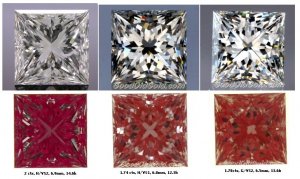

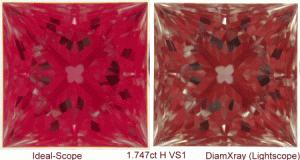

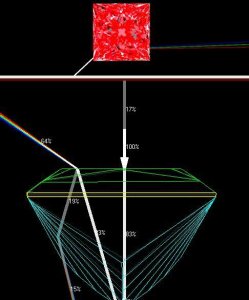
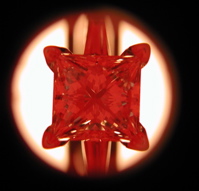
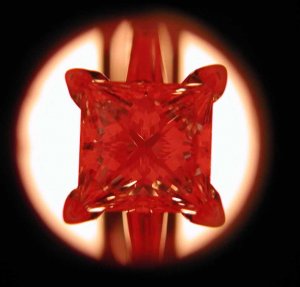




300x240.png)